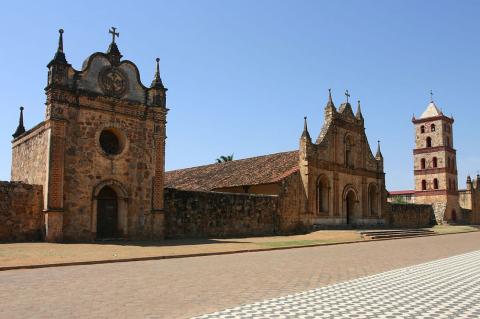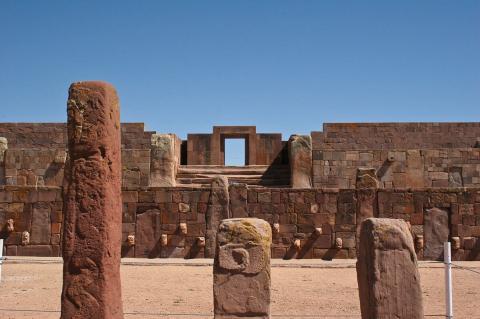Bolivia: Cultural Landscape
The culture of Bolivia is incredibly diverse and rich, reflecting the country's multicultural heritage and blending indigenous, European, and African influences. The cultural landscape of Bolivia is shaped by its history, geography, and the traditions of its various ethnic groups.






